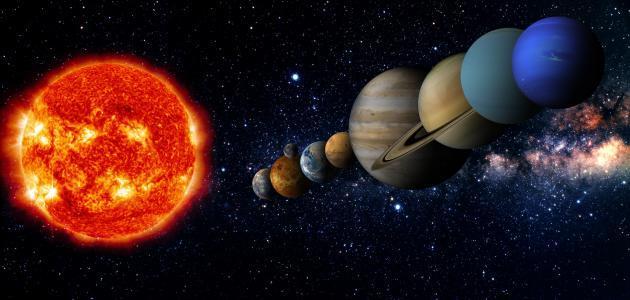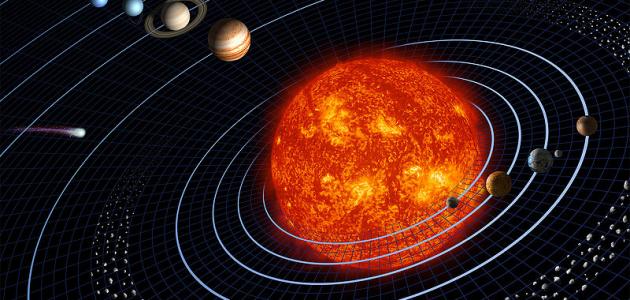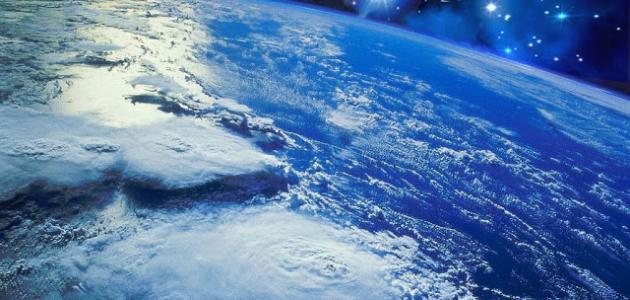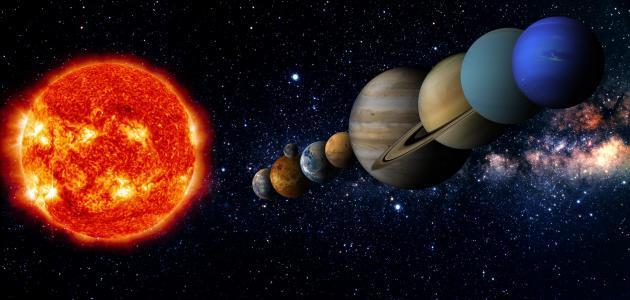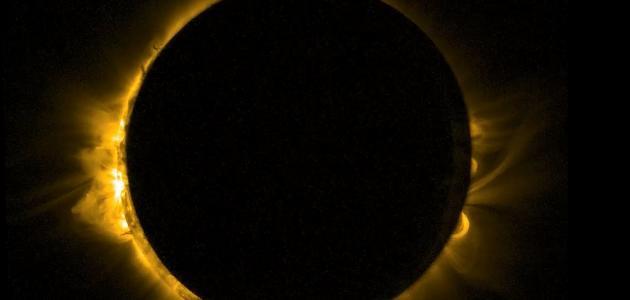Weight of planet Earth
The mass of the Earth is about 6×2410 kg, and its weight can be known through the force of gravity that the Earth exchanges with objects close to it. To clarify this, one can read Newton’s law related to the force of gravity between two spherical bodies, and its formula is {q = g × (k).1×k2)/F2} whereas:
- Q: The force of attraction between the two bodies.
- A: A constant equal to 6.67259 x (10-11) m³/kg/s².
- ك1: Mass of the first body.
- ك2: Mass of the second body.
- ف2: the square of the distance between them.
Assuming that the Earth is the first mass (k1), and a body with a mass of 1 kg is the second mass (k2); The force of attraction between them is 9.8 kg/m/s2Based on this, it can be known that weight is a force, and determining its value requires a specific gravitational field. This means that measuring the weight of the Earth depends on determining its gravitational field for a specific body. Therefore, the question is supposed to be about the Earth’s mass and not its weight. Because the mass remains constant regardless of the field.
Information about planet earth
- Earth is the only habitable planet in the solar system, as everything necessary for survival exists within the Earth's atmosphere.
- The Earth consists of complex systems interacting with each other, including air, water, land, and other systems responsible for cosmic changes.
- Planet Earth is considered the third closest planet to the sun, and the fifth largest planet in the solar system.
- Planet Earth is about 149,597,891 km away from the Sun.
- The four seasons result from its rotation around the sun at an angle of slightly more than 23 degrees.
The formation of planet Earth
Scientists believe that the Earth was formed about 4.6 billion years ago with the Sun and other planets, when the solar system came together after the collapse of the nebula due to its weight, rotation, and formation in the form of a flat disk, where most of the material gathered in the center to form the Sun, while other colliding particles gathered to form the rest of the objects. The largest solar winds (stellar winds) were also strong, and thus drove away most of the light elements such as hydrogen and helium, making the Earth and other planets in a rocky state.
Read also:Earth's shape and dimensionsScientists also believe that the Earth was initially a rocky mass without water, and that the radioactive materials present in the rock, in addition to the increasing pressure deep in the Earth, all led to generating sufficient heat to melt its interior, which led to some chemicals rising to the surface and forming water, while the materials formed The other is atmospheric gases, and some recent evidence indicates that the layers of the Earth’s crust and oceans were formed during about 200 million years after the formation of the Earth.
Some digital facts about planet Earth
The following points explain some digital facts about planet Earth:
Read also:How did the stars originate?- The size of planet Earth is about 1.08321×1210 KM3.
- The surface area of planet Earth is approximately 5.1006×810 KM2.
- The density of planet Earth is about 5.513 g/cm3.
- The Earth's orbit around the Sun is approximately 1.4959826×810 KM3.
- The equatorial circumference of Earth is about 4.00302×510 km.



